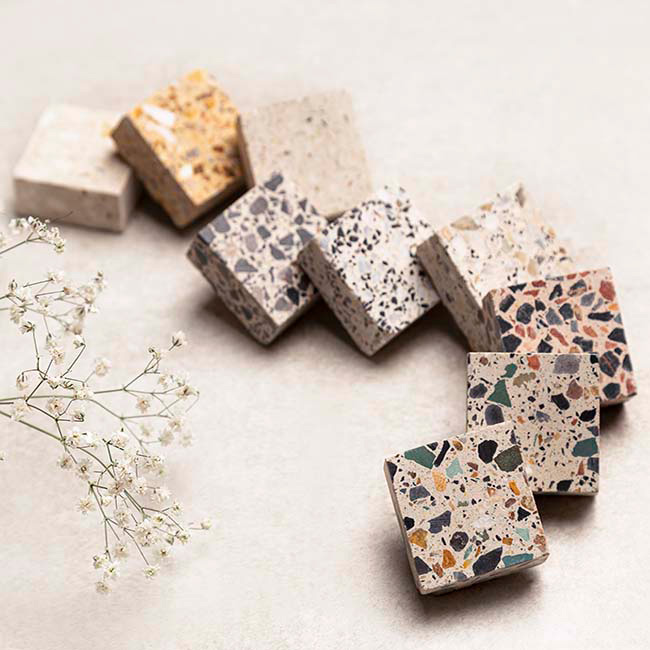Construction
MOSAIC
MOSAIC
A mosaic is actually a piece of cement that achieves its density either by pressing or by vibration.
Based on its application, it is divided into two categories: exterior mosaic and interior mosaic; Mosaics according to the production method and
Its formed building is divided into two categories: press and vibration, and two categories, single-layer and double-layer.
The mosaic has a long history dating back to the third millennium BC in Mesopotamia. Pebble mosaics were made in ancient Greece, and later mosaics with different patterns and images became popular in both ancient Greece and ancient Rome. Early churches from the fourth century onwards were decorated with wall and ceiling mosaics.

OUR MOSAIC PRODUCTS
Mosaic
full communication facilities provides services to companies operating in Iran and international businesses
. Mosaic art flourished in the Byzantine Empire from the sixth to the fifteenth centuries. This tradition was popularized among the Russians in Ukraine by the Norman Kingdom of Sicily in the 12th century. Mosaic became obsolete in the Renaissance, although artists such as Raphael continued to practice the old technique. Roman and Byzantine influences led Jewish artists to decorate 5th and 6th century synagogues in the Middle East with floor mosaics.
Mosaic was used in early Islamic arts, including the first major Islamic religious building, the Dome of the Rock in Jerusalem, and the Umayyad Mosque in Damascus, and was widely used in religious buildings and palaces. Mosaic became obsolete in the Islamic world after the eighth century. Mosaic art is mostly used in the architecture of Iran and especially in religious buildings. This art has a great impact on the viewer in creating colorful spaces. The discovery of the glazed bricks of Choghaznabil, the Marlik mosaic cup, which belongs to the first millennium BC, and the colorful glazed bricks left from the Achaemenid period, all indicate the antiquity of this art in Iran. Also as an example of works After Islam, we can name Sheikh Lotfollah Mosque in Isfahan.
Increasing the volume of mosaic production as well as its wide range and variety in Iran along with high quality standard has made this export product welcomed by different countries. High resistance to impact and pressure and high resistance to oscillating loads are the characteristics of mosaic that Is an important strength; An advantage that is widely used for outdoor use; Also, due to its high strength and resistance, the use of this product in industrial halls, workshops and factories is recommended.

